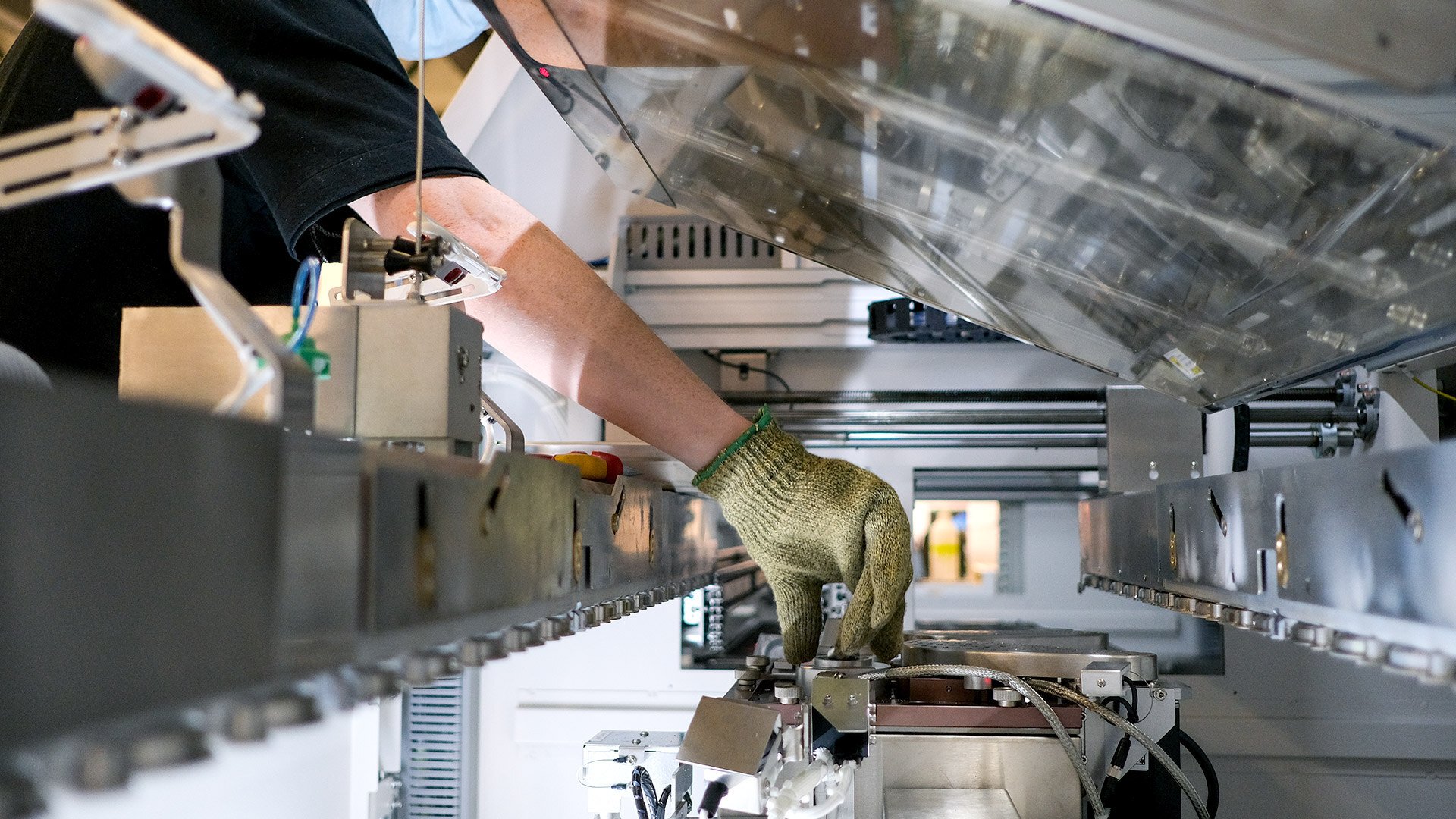Contrary to what you might expect, when developing complex devices like smart medical devices, it's entirely possible to have a clear overall understanding of each project phase, well before the project begins. A smart device integrates three key components: electronics, mechanics, and software. Managing the development of these components at the same time to build a working device that meets regulations and is ready for mass production is a challenging task, so having foresight benefits any project. In this article, Innokas experts Petri Kemppainen and Petri Jolma give a brief overview of the typical stages in developing these types of devices, with a short explanation of each stage.
Project specifications and identification of requirements
The first step in developing a smart medical device is understanding its purpose, operating environment, and the needs of the end user. Think; what kind of problem does this solve? How can it be solved the most efficiently? The needs analysis forms the foundation for defining the functional and technical requirements of the device, which include performance, service life, reliability, and safety standards. One of the key aspects of this phase is locking in these requirements early on. Any changes or additions made later can easily lead to schedule delays and complications. Therefore, it's important to thoroughly specify all requirements from the beginning. In this phase, every safety-critical device must meet all necessary requirements. For medical devices, this includes planning the clinical evaluation to systematically assess safety and performance using clinical data. If the device has patient contact, its biocompatibility is also evaluated to ensure it does not cause adverse reactions.
Concept design
The concept design phase begins with brainstorming various options that integrate mechanics, electronics, and software. The most promising concepts are then selected, and preliminary plans are drawn up. These plans include the overall design of the device, component placement, and rough dimensions. Core functionality is prioritized first, around which the rest of the design is built.
Detailed design
In the detailed design phase, all mechanical parts are meticulously designed, including material selection, component joints, and assembly processes. The electronics design involves creating electrical circuits, placing components, and simulating to ensure their functionality. If software is required, this is the stage where embedded systems or control algorithms are developed. Close collaboration between the mechanical and electronics teams is essential to ensure that the components work together faultlessly.
Prototype manufacturing
Prototypes are then manufactured based on detailed design. These prototypes undergo extensive testing to ensure that the device meets all specified requirements. This testing includes evaluating electrical properties, mechanical resistance, temperature tolerance, and safety.
Iterative improvement
Following prototype testing, feedback is collected from various evaluations, including user tests. This feedback is used to refine the designs, making necessary adjustments to improve the device before moving to the final stages.
Final design, validation and verification
This phase includes both validation and verification of the final design. The main difference between the two is that validation is focused on ensuring that the device meets the needs and requirements of its intended users and the intended use environment, whereas verification is focused on ensuring that the device meets its specified design requirements.
The product design is then finalized, with detailed manufacturing drawings and parts lists created to guide production. The quality assurance (QA) team, having been involved from the beginning, helps ensure a smooth transition to this stage.
Manufacturing and assembly
Preparation for manufacturing includes setting up production processes, selecting suppliers, and preparing assembly plans. Once everything is in place, production begins, starting with the initial production runs. Throughout this process, quality control is essential to ensure that the products meet all design and quality standards.
Market introduction and maintenance
The final phase involves preparing all necessary documentation, such as operating and maintenance instructions, and technical documentation. The product is then released to the market, where its performance is closely monitored. After-market services such as support and maintenance are provided by the responsible manufacturer.
Partnering eases the efforts
Collaborating on product design projects can greatly accelerate timelines and speed up time-to-market. Choosing the right team for partnering is also an important process. At Innokas, this cooperation extends to in-house production capabilities, particularly for prototypes, because the product development and manufacturing can closely work together. With Innokas' own circuit board typesetting and PCB assembly, production is both expedited and aligned closely with the design team’s vision.
If you wish to learn more and discuss your own product development project, you can book a free meeting through this contact form.
Experts interviewed for this article

Petri Kemppainen
Project manager

Petri Jolma
Project manager











